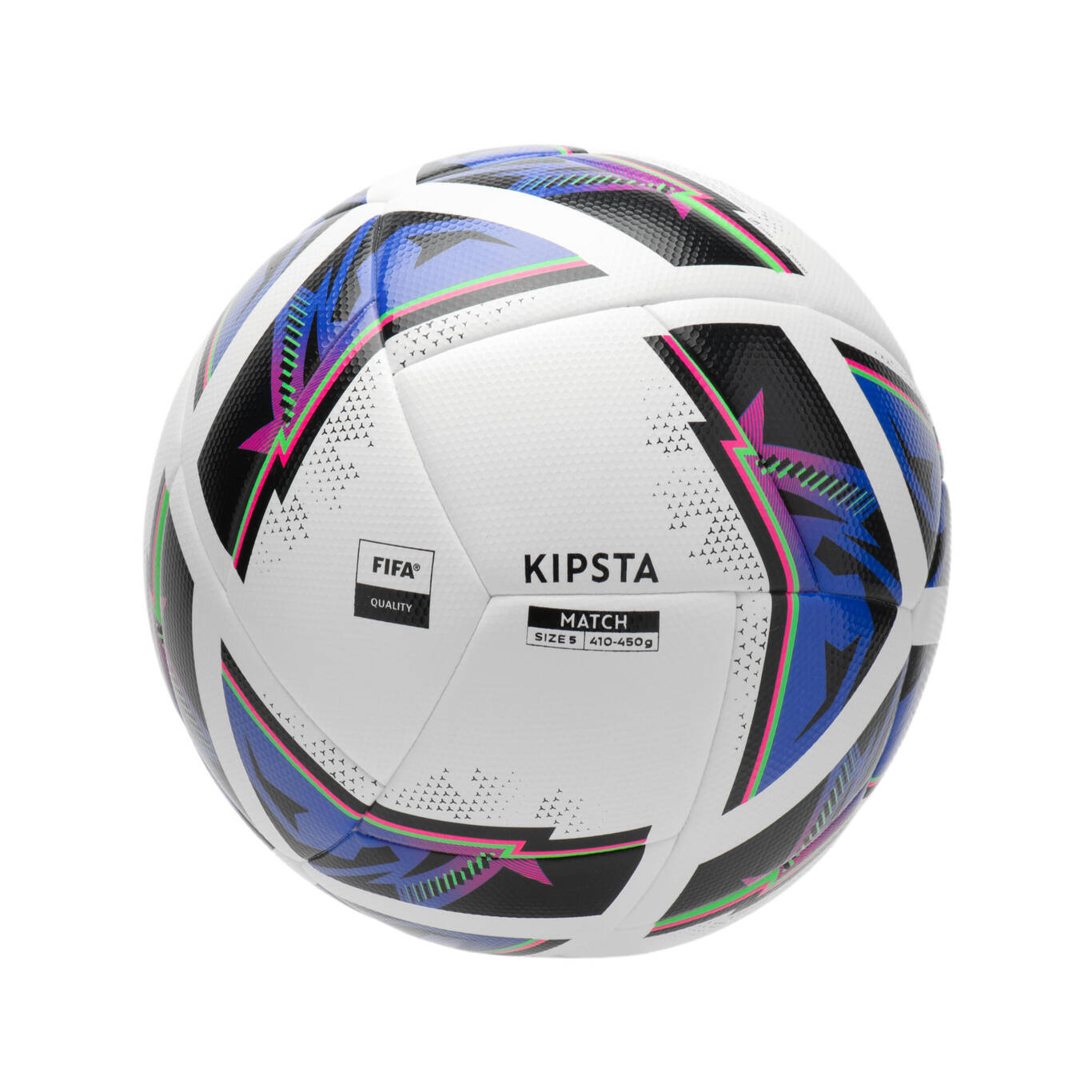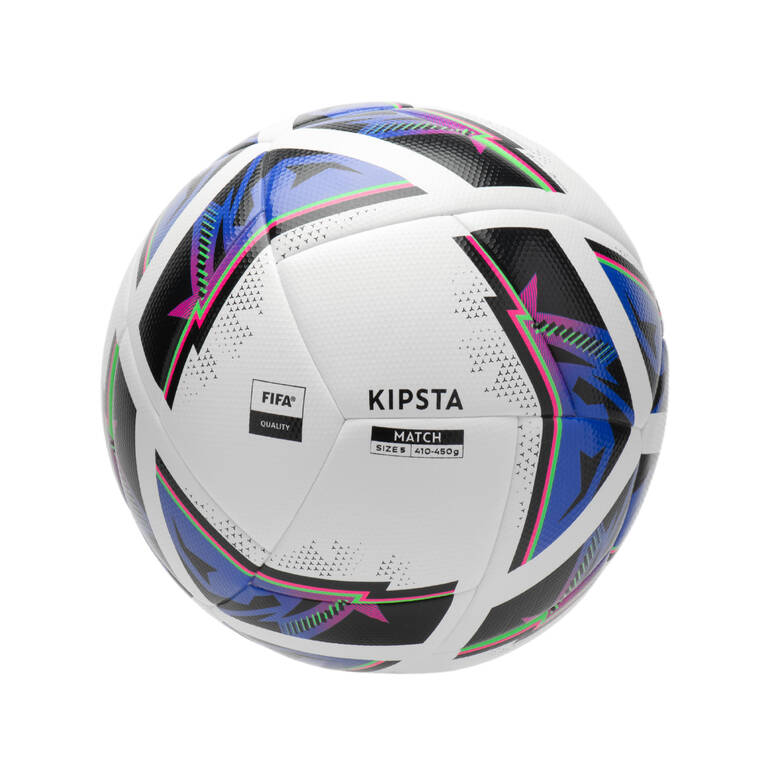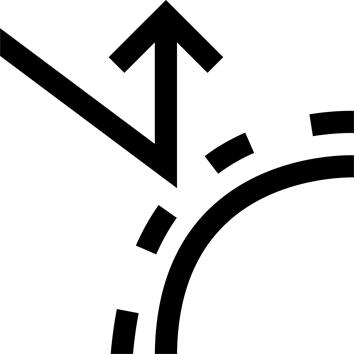The story behind this Hybrid 2 ball
Our design team created this Hybrid 2 ball after observing football players in action on the pitch.
We've used patented technology to create a ball that's more reliable and comfortable than ever before, paired with a highly technical "cloth wrap" bladder that keeps it perfectly spherical.
The durability of our balls
We have developed a tool that allows us to measure the durability of our balls.
Any defects that appear during use are identified and evaluated through a series of lab tests.
These tests are used to compare the overall durability of our footballs with others available on the market.
Our aim is to offer the most durable products on the market.
A beach ball?
We know that a stable trajectory is important, especially for field players kicking long balls and for goalkeepers sending the ball down the pitch. To ensure very good stability, we have changed the construction of the outer layer. Balls are traditionally made with 32 panels, but we've designed this match ball using 24 identical panels. This improves the stability of the ball and makes it more comfortable to play with.
Too light? Too heavy? The weight is standardised...
This ball weighs between 410 g and 450 g (size 5) and complies with official FIFA standards.
FIFA Quality certification.
How big is it? What's the circumference?
This ball measures between 68.0 cm and 70.0 cm and complies with official FIFA standards.
FIFA Quality certification.
A "round" ball?
Here's how we test sphericity:
Average measured variation: 1.8% max (FIFA Quality standard).
We measure the football's sphericity at 4500 different points and then examine any differences.
If the discrepancy is greater than 1.8% (FIFA Quality standard), our engineers are tasked with improving the sphericity to ensure a consistent bounce.
Maximum pressure loss test: here's what we do...
Here's how we test pressure loss: We inflate the ball to the recommended pressure (meaning 0.8 bar).
72 hours later, the ball must not have lost more than 15% of its pressure, meaning approx. 0.1 bar (FIFA Quality standard). The pressure after 72 hours must, therefore, be at approx. 0.7 bar.
This also means that it is quite normal for a ball to lose pressure after a few days.
We've also tested how much water the ball absorbs...
Here's how we test water absorption:
We simulate rainy playing conditions in a lab, leaving the ball to sit in 2 cm of water on a pivoting support whilst subjecting it to 250 compressions.
At the end of the test, the ball must have absorbed no more than 10% of its weight (FIFA Quality standard).
It's all about the bounce
Here's the bounce test:
The ball is dropped onto a steel plate 10 times from a height of 2 metres.
The bounce height must be between 125 and 155 cm with a maximum difference of 10 cm between the ball's highest and lowest bounce.
Not even a scratch!
The most stringent test we put this ball through is the shooting machine test.
The ball must resist 2,500 shoots against a concrete slope at 50 km/h at a distance of 2.5 m.
At the end of the test, we check:
- the ball's general state: stitching must withstand this test
- the circumference: must not have increased by more than 1.5 cm.
- the sphericity: it must not have varied by over 1.8%
- the pressure: loss of pressure must not exceed 12.5%.
How about you? What do you think?
We value your feedback and use it to continuously improve our products.A huge thank you in advance for sharing your feedback with us.
The story behind our range of balls
Our range of balls has been co-designed with 244 European footballers. This community helped us to pick the colours and names so that it's easy to see the difference between the models.
These balls are FIFA approved and designed to meet different levels of technical requirement (Training, Club, Match, Pro Ball).
Their increased durability and better feel bring them ever closer to the official ball that graces the pitches of the Ligue 1 Uber Eats and Ligue 2 BKT.




































